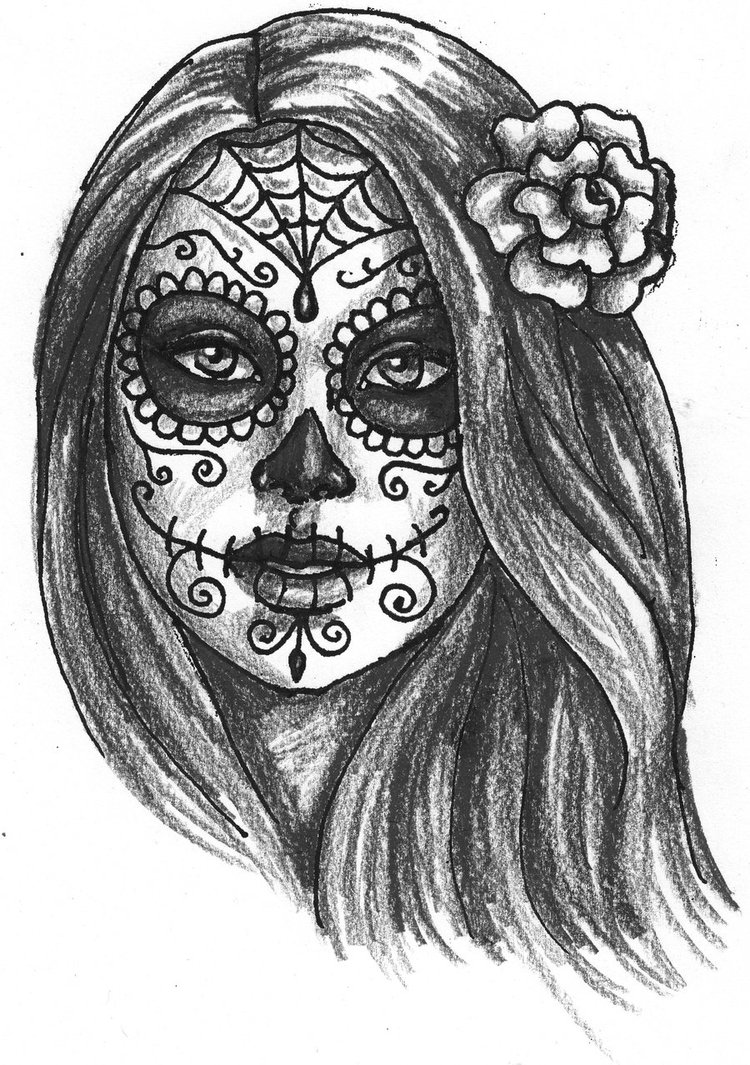
With the end of harvesting season, the entire natural world moves into its annual dormant state of hibernation, essentially “dying” until its annual rebirth the following spring.Īfter the Roman conquest of much of the Celts’ lands in France and England, Samhain was affected by the advent and subsequent spread of Christianity. It is the time of the final harvests of the year, when animals stockpile stores of food for the winter months ahead, the sun sets earlier and rises later, and the trees shed their leaves. The timing of this festival coincides with an important period in the natural calendar, one to which all cultures adhered until fairly recently. The above video is a performance by the Symphony Orchestra of The Marcin Józef Żebrowski Music School in Częstochowa, Poland of French composer Camille Saint-Saëns's "Danse Macabre" (first recorded in 1872). As you listen, imagine what it might look like as spirits return to earth to dance on Halloween night. On the eve of Samhain, they believed the veil between the two realms was the most transparent, allowing the spirits of those who have died to return to visit earth.

The Celts experienced this as a liminal (threshold) period when the normally strict boundaries between the worlds of the living and the dead became mutable. Samhain commenced on the eve of October 31st, and ushered in the Celtic New Year on November 1st. From present-day Ireland to the United Kingdom to Bretagne (Brittany), France, the ancient Celts marked this as one of their four most important festival quarter days of the year.

The origin of our Western holiday known as Halloween is found in the ancient Celtic festival, Samhain (pronounced SOW-in).
Why might the making and offering of special foods be an important part of festivals dedicated to the dead in America as well as Mexico ?. Do the Halloween traditions practiced in America today continue to carry any of their more ancient meanings or historical significance?. Why are the Halloween and el Día de Muertos festivals held at the end of the agricultural year in conjunction with the autumn harvest?. Here are several guiding questions you might pose to your students: This EDSITEment feature can be used with students as a framework for discussing the origins and history of the Halloween festival and introducing them to the Mexican festival, the Day of the Dead ( el Día de Muertos), recognizing the common elements shared these festivals of the dead as well as the acknowledging the differences between them. While trick or treating in princess and hobo costumes, carving jack-o-lanterns and telling spooky ghost stories like Washington Irving’s tale The Legend of Sleepy Hollow are traditional hallmarks of the American holiday, other cultures experience their festivals of the dead in very different forms. During this period of transition, cultures across the world remember those who have passed on by drawing an analogy between human death and the dark, cold winter months that loom ahead. Halloween has traditionally been associated in America with dressing up in costume and with consuming sweets however, the roots of the holiday lie in late autumn harvest rituals that correspond to natural, seasonal changes and that are expressed in commemorations of the dying year. These annual revivals of ancient rituals form the basis of our contemporary American festival. 5, 1910.Įach year on October 31st, as the ghosts and goblins of Halloween parade the streets and doorsteps of our neighborhoods, we re-enact remnants of ancient folk customs that pay homage to departed ancestors as well as to the souls of our loved ones who have died.






 0 kommentar(er)
0 kommentar(er)
